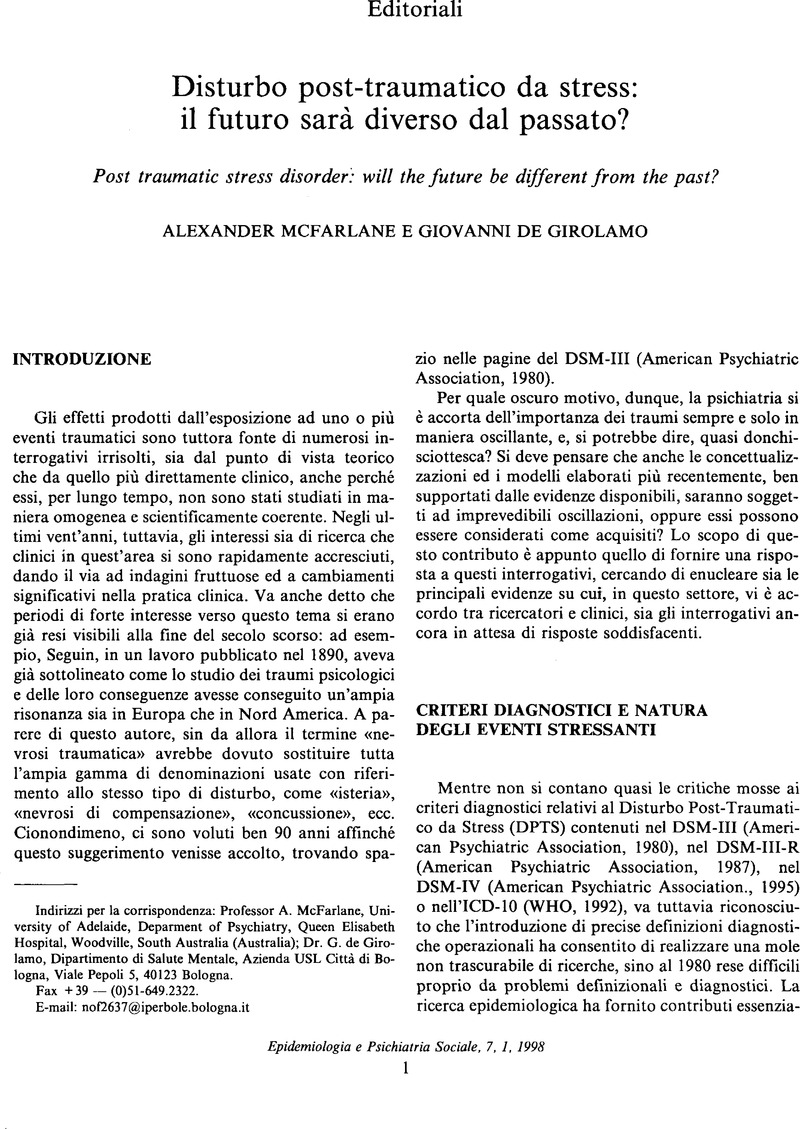Crossref Citations
This article has been cited by the following publications. This list is generated based on data provided by Crossref.
DiMaggio, Charles
Madrid, Paula A.
Loo, George T.
and
Galea, Sandro
2008.
The Mental Health Consequences of Terrorism: Implications for Emergency Medicine Practitioners.
The Journal of Emergency Medicine,
Vol. 35,
Issue. 2,
p.
139.



